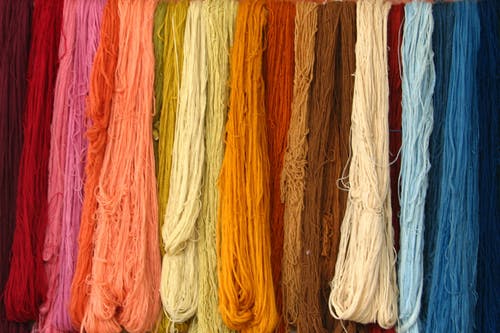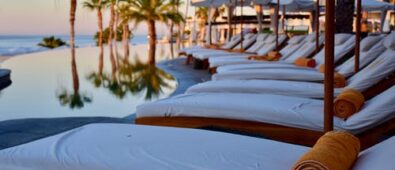Crafters genuinely committed to their passion create things not solely with their hands. Part of their heart and soul is put into every piece they make. The artisans of knitting, crocheting, weaving, or macramé make magic, beginning with their materials. And amongst this community of artists, hand-dyed yarns are becoming popular.
Such luxurious yarns are made from responsibly sourced wool and plant dyes. The rich and complex hues are applied in different methods, producing various yarn types. If you are curious or a budding enthusiast, you can also explore the materials to create wonderful pieces.
What hand-dyed yarns to use?
Dyers choose to use the highest quality yarn. It requires time to produce new colorways, mix and apply the dyes, and heat-setting. After that, the yarns are washed and packaged in hanks or skeins. With so much time and effort involved in the process, all basic materials, such as the dyes and fiber blends, must be top-grade. An artisan hand dye company then creates limited collections of yarns that are both special and unique. Here are the various yarns to explore.
Speckled or Spattered Yarn
Yarns dyed in this method have been splashed with speckles, sprinkles, or random spots of different or a single color. Yarn skeins might differ greatly because of the randomness of the splatters. This yarn type is playful and fun, with no way to repeat the pattern.
Variegated Yarn
This type means dyed with more than one color. Sometimes, the colors are of low contrast and flow into each other. On the other hand, some variegated yarn is of high contrast, and colors just pop out. This type typically has three or more colors in a sequence.
Tonal Yarn
A tonal yarn is simply dyed with lighter and darker versions of the same color in one colorway. This gives it a watercolor effect since the yarn is not the same shade throughout. Projects will have a similar overall color without pooling or striping. Artisanal makers such as Les Laines Biscotte can make tonal yarns that look and feel rich.
Hand-Painted Yarn
As the name suggests, the skeins are painted by hand and not dipped for dyeing. Hand-painted yarn repeats colors but hardly merges into each other.
Kettle-Dyed Yarn
This is done by immersing the yarn in a shallow pot of water and then putting on the colors. If one color is used, a semi-solid is produced. When multiple colors are used, the blending in between them is softer because of the water. This yarn has more subtle color changes than the other types.
Ombre Yarn
Ombre yarn is dyed with the color slowly going from lightest to darkest. Ombre yarns can be one dye color throughout the entire skein. It can also be one color that softly shifts to another color. For fabulous ombre yarns, you may visit this page.
Learning More About Yarns
There is more to yarn than coloring methods. There is the aspect of weight and the fibers that are used. Using these can differ depending on the project, whether the crafter wishes to make lace, gloves, mittens, cardigans, etc. These factors can affect the drape, stitch definition, and overall feel of the yarn. The best way to experience the yarns is by trying to use them, and gaining all the necessary knowledge can help you in your next project.




